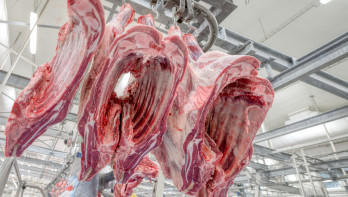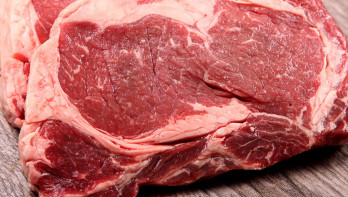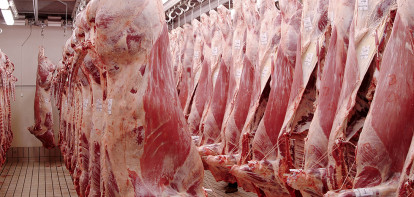Analysis Cattle & Beef
China also intervenes in the beef market
Just like in the pork market, China is now also aiming for a more stable price for beef. The country is taking various measures to reduce the supply. The price in the beef market has dropped so much that livestock farmers are now in the red. Remarkably, the country is breaking import records at the same time.
To reverse the situation, the government is now intervening in the beef sector with various decrees. The Chinese Ministry of Agriculture is issuing new instructions for breeders and introducing new guidelines for when less productive dairy cattle can be slaughtered. The exact extent of the intervention is not known, unlike recent new targets in the pork market.
Market demand is low
Due to the growth of the Chinese middle class, the beef market has significantly increased over the past ten years. Since 2014, the number of cattle slaughtered in the Asian country has increased by 19% to 50.2 million cattle. However, with the Chinese economy slowing down, consumption has decreased. This has put significant pressure on national prices. As a result, both meat prices and slaughter prices in the country have declined. This is in addition to a substantial increase in imports.
It is remarkable that despite the ample market, China set an import record in 2023. The country imported a total of 2.74 million tons of beef, an increase of 1.8% compared to the previous year. This import pace has not slowed down. In the first four months of 2024, China imported even more. The country imported a total of 190,000 tons more than in the same period in 2023, an increase of 23%. Total imports in the first four months of 2024 were over 1 million tons.
China tries to prevent scarcity
Although the market is currently ample, China is already planning for what needs to be done if the dynamics change. Government intervention to correct low prices generally leads to an overreaction, resulting in a tight market and high prices. Therefore, the country is ensuring a larger potential supply when needed. At the moment, the country mainly imports beef from South American countries such as Brazil, Argentina, and Uruguay. In recent months, China has allowed various export facilities from around the world to enter its market. China opened its market to various Australian exporters who were previously excluded from the market in an earlier trade war. China is actively diversifying its markets. Additionally, this year, the country opened its market to Russian beef.
Although this diversification has been in the works for some time, it gained momentum due to an earlier disruption in the export chain to China. The Asian country excluded a significant portion of exports from the United States after ractopamine was found in the export facility of Cool Port Oakland. The growth hormone is legal in the United States but cannot be used in 150 countries, including China. This poses a significant problem for the United States, as the facility is the main export hub to the Asian market. The facility has a capacity of 750,000 tons per year.




